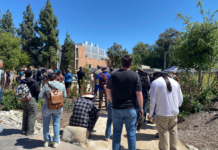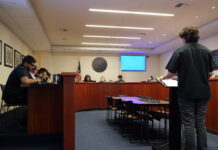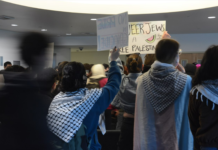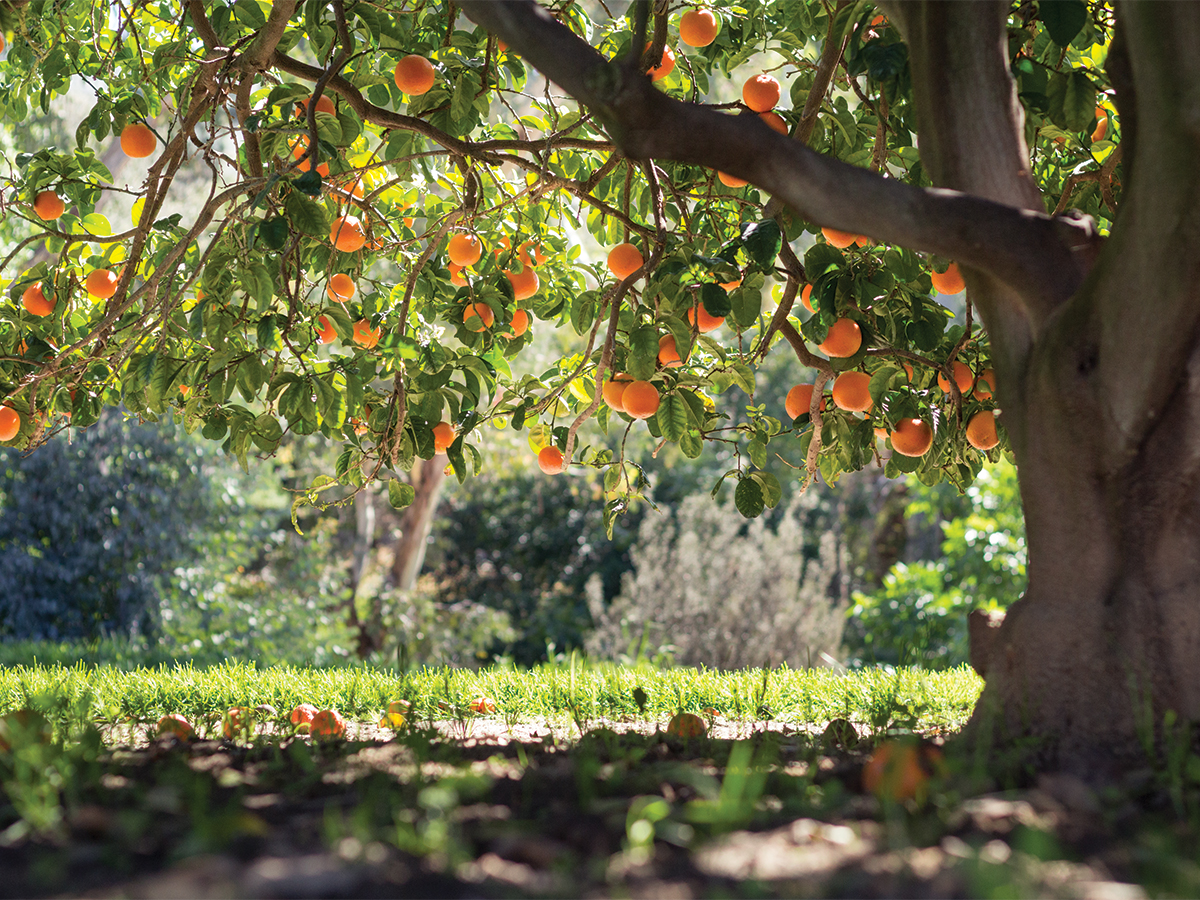
A group of UCR researchers received a $5,112,000 five-year grant from the United States Department of Agriculture’s (USDA) National Institute of Food and Agriculture toward their fight against Huanglongbing (HLB), or citrus greening disease, a plant disease known to be fatal to citrus trees around the world.
“Huanglongbing (…) is a bacterial disease of plants, mostly citrus, and it infects the sugar conducting tissue of the plant,” introduced Caroline Roper, the leader of the team. Roper elaborated on how the disease causes negatively impacted plants through blockage in tissue, that leads to the disruption of sugar transport. Effects of this disruption can result in misshapen and distasteful fruit.
California, Texas and Florida have all been indicated as fostering citrus susceptible to HLB. “Florida is a juicing industry primarily, and we (California) are a fresh fruit industry primarily,” Roper explained, citing the need for visually appealing fruit and higher quality taste for each fruit that is consumed individually rather than collectively as juice.
Past research has led the team to believe that the causal agent in HLB is the bacterium, Candidatus Liberibacter, which will be one of the primary focuses in combatting the disease. “We haven’t definitively defined it (Candidatus Liberibacter) as the causal agent, but it’s always associated with the disease” and identified as being graft transmissible .
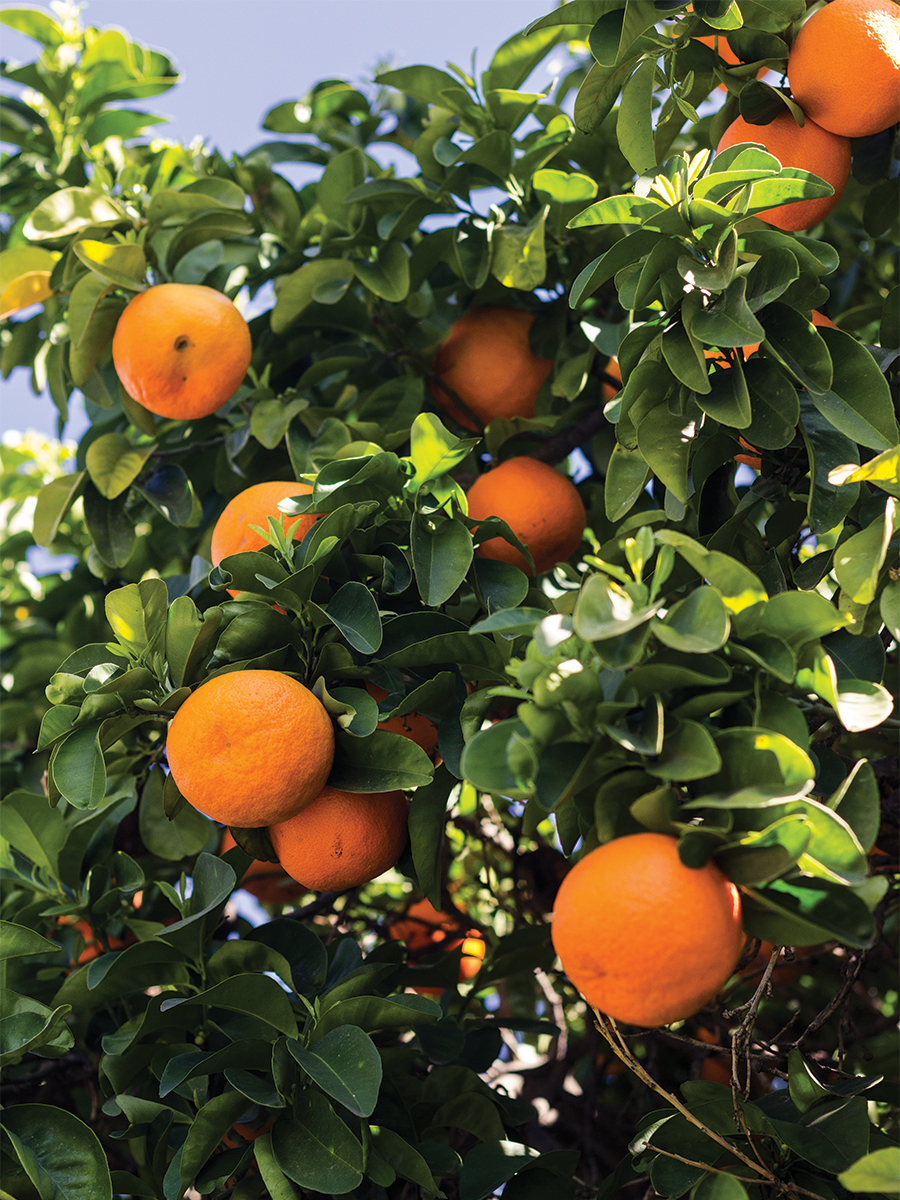
Through examination of the natural microbiota found in citrus trees, the team also plans to try “to mine those for bactericides, or antimicrobial secondary metabolites that those microbes produce that can directly compete with the pathogen.” The team believes that examination of the trees on a microbial level will allow them to identify the microbes in survivor trees that have effectively allowed them to fight against the disease.
The other part of the project that Roper described involves creating nanoformulations of chemicals that are currently used in agriculture and using silver nanoparticles known to have antimicrobial properties to them in order to formulate them into a cure for the disease.
“And then the overarching part of that is to map the sugar transporting tissue in the tree, which is the phloem, because we don’t know exactly how phloem is sectored in citrus,” Roper elucidated. Different methods of application are currently being trialed such as testing agents that may be effective in fighting the disease and observing how they affect the plants. Moving forward, the team believes that through analyzing the movement of bactericides in the plants, they can identify whether the plant is actually being treated.
UCR is one of four institutions to be receiving grants for citrus greening research — Clemson University ($4,274,523), Iowa State University ($2,476,099) and the USDA Agricultural Research Service ($1,821,197) being the other three.
Other UCR researchers involved in the project include James Borneman, David Jassby, Haizhou Liu, Philippe Rolshausen and George Vidalakis, working in conjunction with researchers at other institutions.


